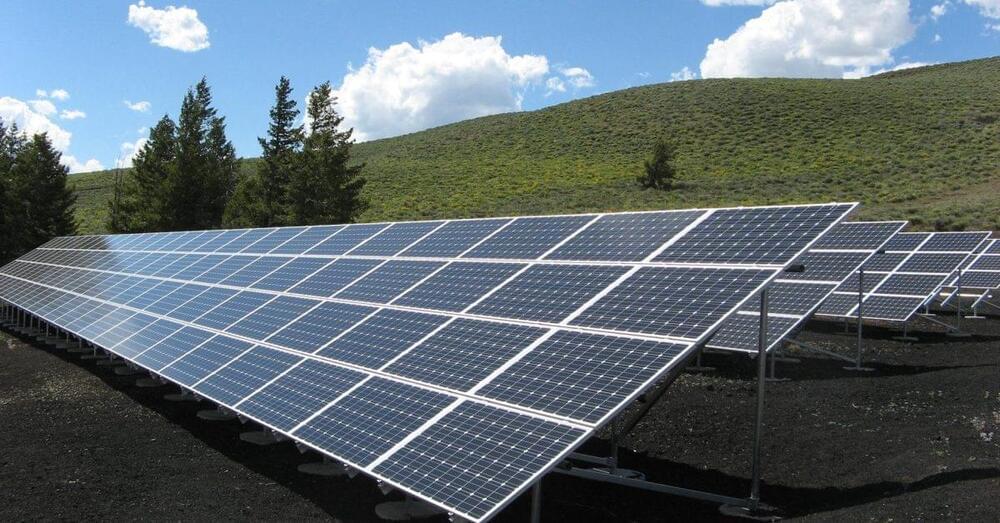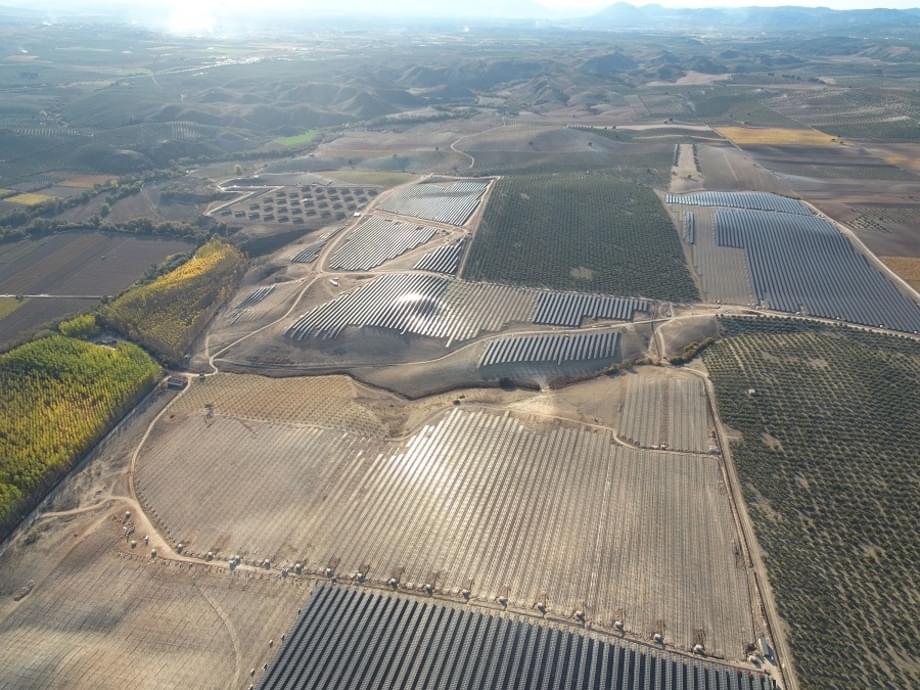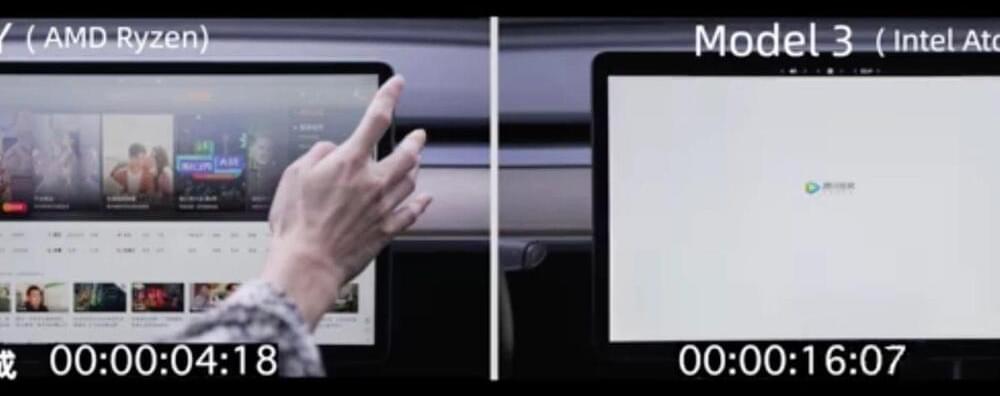Few individuals write about issues that impact human survival. Fewer still win multiple literary awards for writing science fiction novels. Hardly anyone joins a major corporation as chief futurist. Neal Stephenson can be credited for doing all three.
Writer, academician, video game designer and technology consultant are just some of the things Neal is famous for. He has authored historical epic novels ‘Cryptonomicon’ and ‘The Baroque Cycle;’ science fiction novels ‘The Diamond Age’ and ‘Anathem;’ contemporary thrillers ‘Zodiac’ and ‘REAMDE;’ and science fiction epic ‘Seveneves,’ among others.
His “Snow Crash” published in 1992 preceded ” The Matrix” series and introduced the concept of “The Metaverse”. Yes, Neal Stephenson coined the term. And his 1994 “Interface” preceded NeuraLink by over 20 years!
In his latest science fiction book “Termination Shock,” Neal lays out a scenario where an individual takes technological steps to intervene in climate change in order to ensure human survival. Let’s hope that this book does is not as prophetic as some of the others.
His imagination, unique sense of technology trends, immersive literary style, and attention to detail set a very high bar for the other science fiction authors. In the past, when people asked me what I would do when aging is defeated, I usually answered that I would catch up on Neal Stephenson’s novels as well as movies and video games based on his work.
Full Story:







